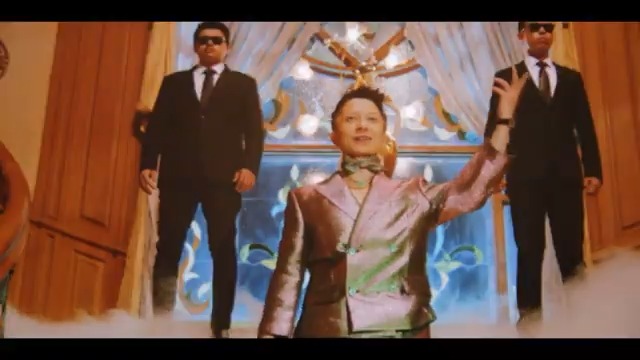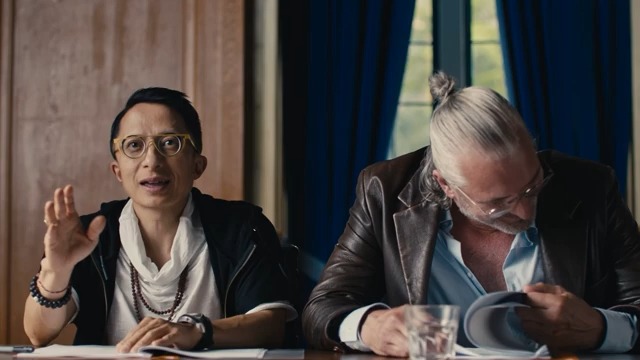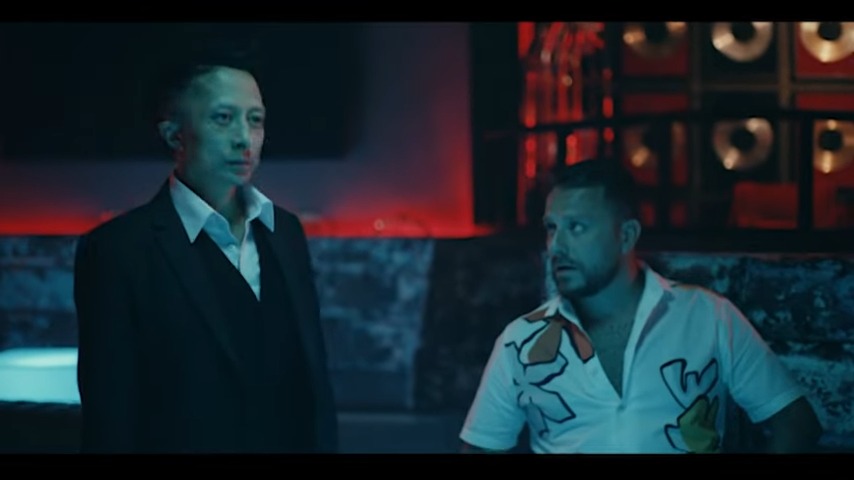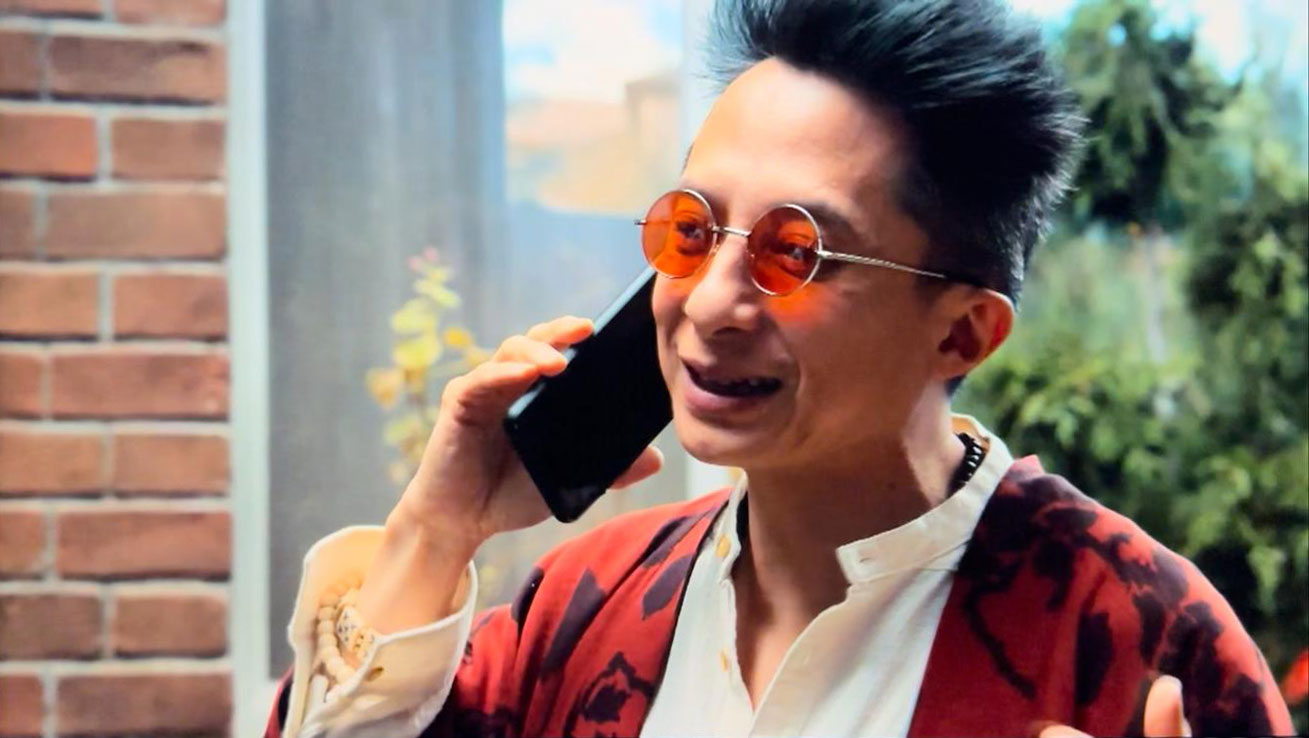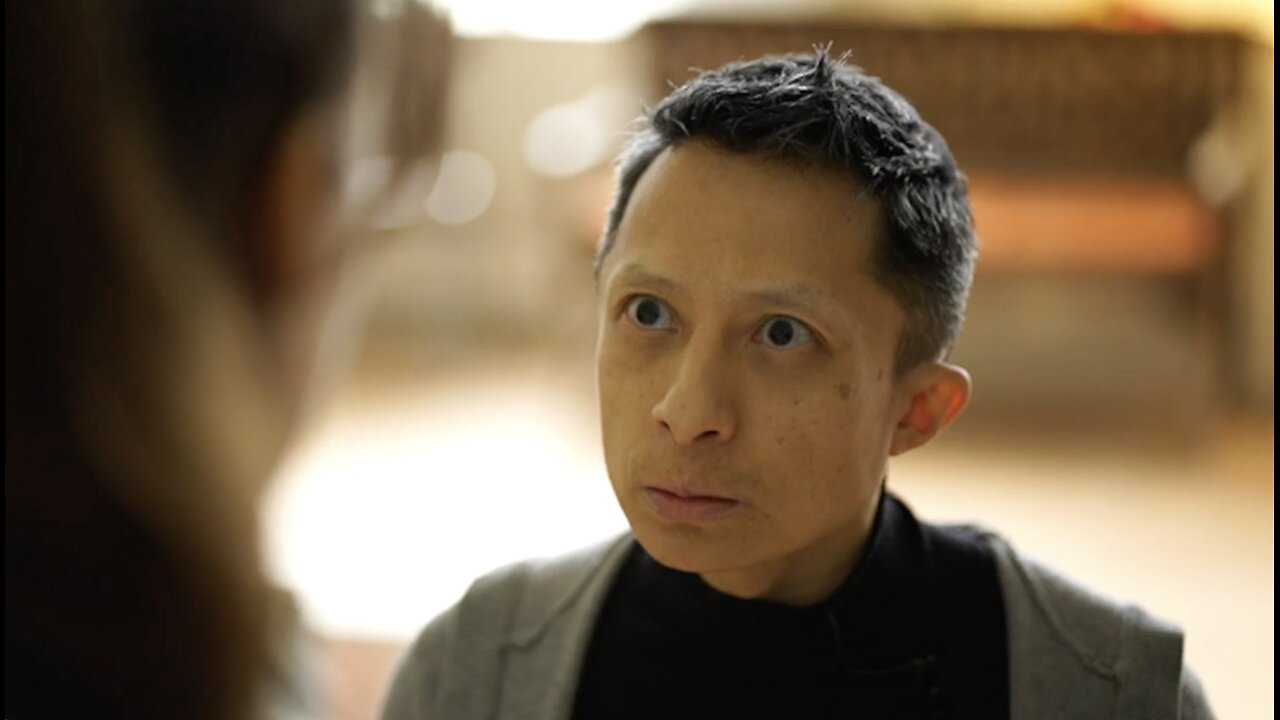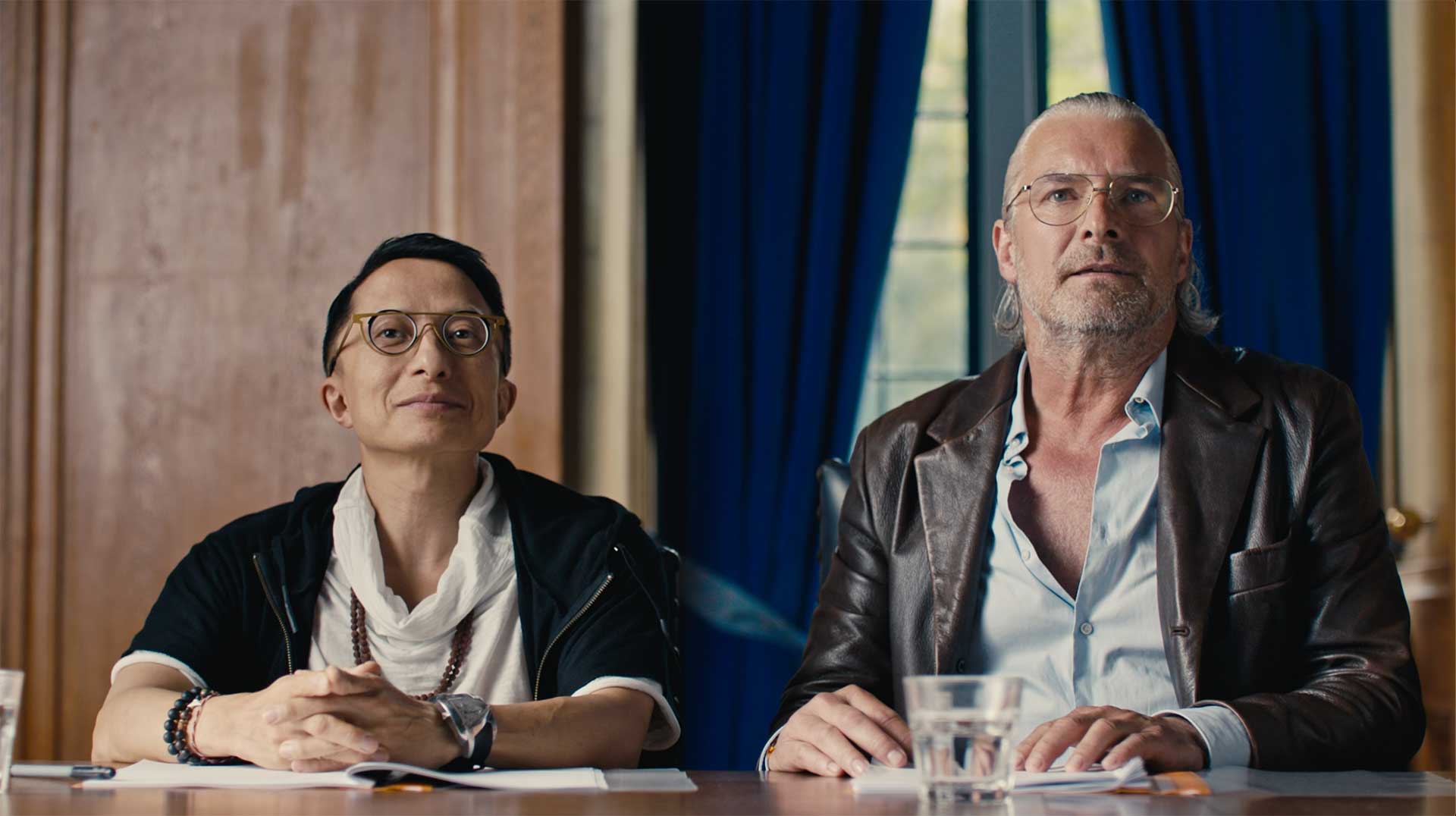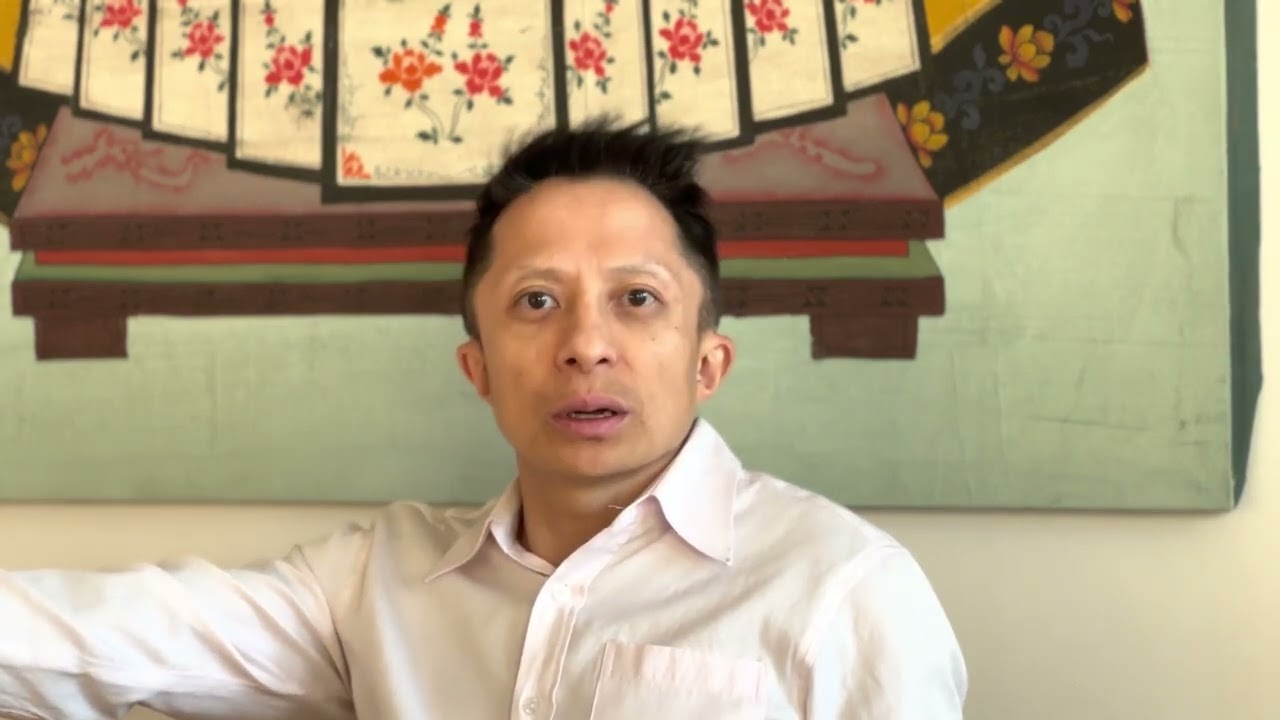As an Asian actor, it’s been refreshing to see more Asian representation on the screen. With productions such as “Squid Games” and “Shiang Chi” paving the way, the entertainment industry is thankfully becoming more diverse.
However, that progression might not be enough. A recent study of Asian Americans in the entertainment industry found that nearly half of all Asian roles served as a punchline in some of the top grossing films in the past decade.
On top of that, in a survey of 329 Asian Americans in the industry, over 93 percent felt that representation on screen was inadequate.
Ever since I was little, I’ve always loved the profession of acting and performing. It’s what has given me the power to understand others and express my emotions. Yet, as a short male based in the Netherlands, it can be hard to navigate the acting scene where so many roles for Asians are already stereotypically limited.
That’s why I’ve stopped at nothing in trying to improve my acting skills. Rather than focusing on my physical aspects alone, I’ve realized that learning new methods and perfecting my techniques is what will help elevate my craft to new heights.
In that spirit, I’ve recently been in love with the Ivana Chubbuck acting method. It’s a 12-step technique that shows you how to prepare a scene or an entire script. After reading about it in Ivana’s book, “The Power of the Actor,” I knew I had to share what I’ve learned with you.
Without further ado, here are the basics of the 12 steps to mastering the Ivana Chubbuck acting method.
1. Overall Objective
The first step involves getting to know your character on a fundamental level. What do they want from life more than anything? What’s their main objective that drives every action they do? As soon as you identify what your character innately wants throughout the script, you can channel the emotions that best reflect their need.
2. Scene Objective
Next, you’ll want to focus on what your character wants for a specific scene and identify that objective alone. It won’t be the same as the overall objective, but rather a purpose that supports it from a larger perspective. Make sure to dig deep on the dialogue and be exact on the objective you’re pinpointing!
3. Obstacle
Just like any great story, no character can get to their objective without any obstacles along the way. For this step, you’ll be figuring out the physical and emotional hurdles that block the path of your character from achieving their goals. Don’t limit yourself to what you imagine! The obstacles could be internal, external, or entirely imagined.
4. Substitution
If you’re working with another actor in a scene, you can connect to them more easily by substituting the character they’re playing with a person from your real life. Ideally, they should fit your scene and overall objective. For instance, if your character needs to be intimate with the other, you can substitute that actor with someone who you’ve had a burning crush on.
5. Inner Objects
When acting, it can be easy to lose track of the things we talk or hear about because they don’t exist in real life. However, because our job is to make these things seem as authentic as possible, it can help to craft these mental images in our heads. This visualization technique of endowing these things to your real-life experiences can make a scene so much more realistic.
6. Beats & Actions
Beats are essentially the moments in a scene where your character pursues a specific thought or tactic in order to achieve your scene objective. Actions on the other hand are the tactics within a beat that you take to make progress toward the objective. The next time you sit down to read a scene, be sure to grab a pencil and mark out all your beats and associated actions!
7. Moment Before
This is where you try to imagine the event that happens before you begin a scene. Even though it might not exist, it gives you a place to start from in terms of a physical and emotional stance. It can serve as a warmup to help you flow more as an actor.
8. Place & Fourth Wall
In this step, you’ll begin to acknowledge the physical reality that your character lives in. Take a moment to endow their environment with attributes of a place in your real life. As you imagine yourself acting in that location, this can help add a greater sense of intimacy, privacy, and meaning to the scene.
9. Doing
To make any scene more realistic, you’ve got to ensure that your words connect with your actions. Those are the key signs that you’re fully immersed into your character. Before you start acting, try to identify how you’ll use the props and what actions you’ll perform to make your words more believable.
10. Inner Monologue
While reading a script, it’s important to make sure that you’re not solely focused on the written dialogue alone. Just like a real person does, you’ve also got to think about the dialogue going on inside your head that you don’t voice aloud. These inner thoughts are what gives your character more complexity and nuance as you act.
11. Previous Circumstances
What’s the history of your character? What did they do that has led them up to this point? By thinking about the questions that surround your character background, you can gain a greater understanding of their behaviors and how they operate in the world.
12. Let It Go
Acting doesn’t become believable anymore when you’re constantly overanalyzing. That’s why it’s so important to just let go and take a deep breath. Trust that you’ve got what it takes to succeed and stay aware of the present. Be curious, bold, and in touch with your feelings. Allow your instincts and impulses to come through and don’t hold yourself back.
Final Thoughts
Those are the 12 steps that I’ve practiced as soon as I first heard about the Ivana Chubbuck acting method. As a short male Asian actor based in the Netherlands, I hope that these techniques inspire you to improve your craft and work toward greater representation in the industry.
If you’re interested in hiring me for a project, then don’t hesitate to shoot me an email at hello@kwokone.com. I can’t wait to see how we’ll advance your project’s overall objective together.




